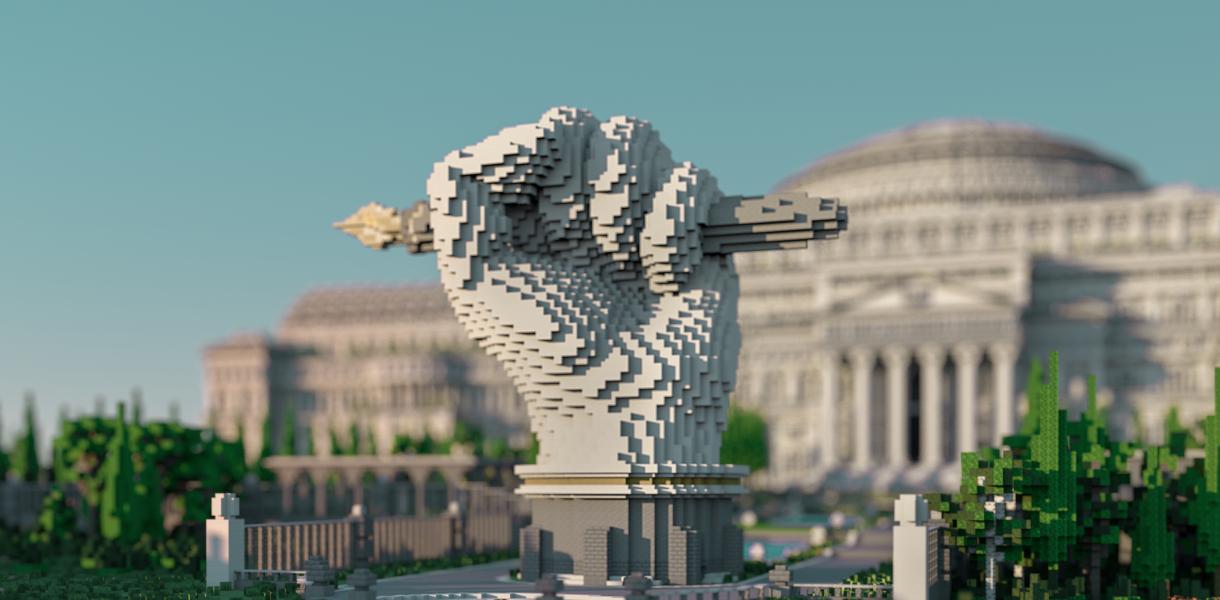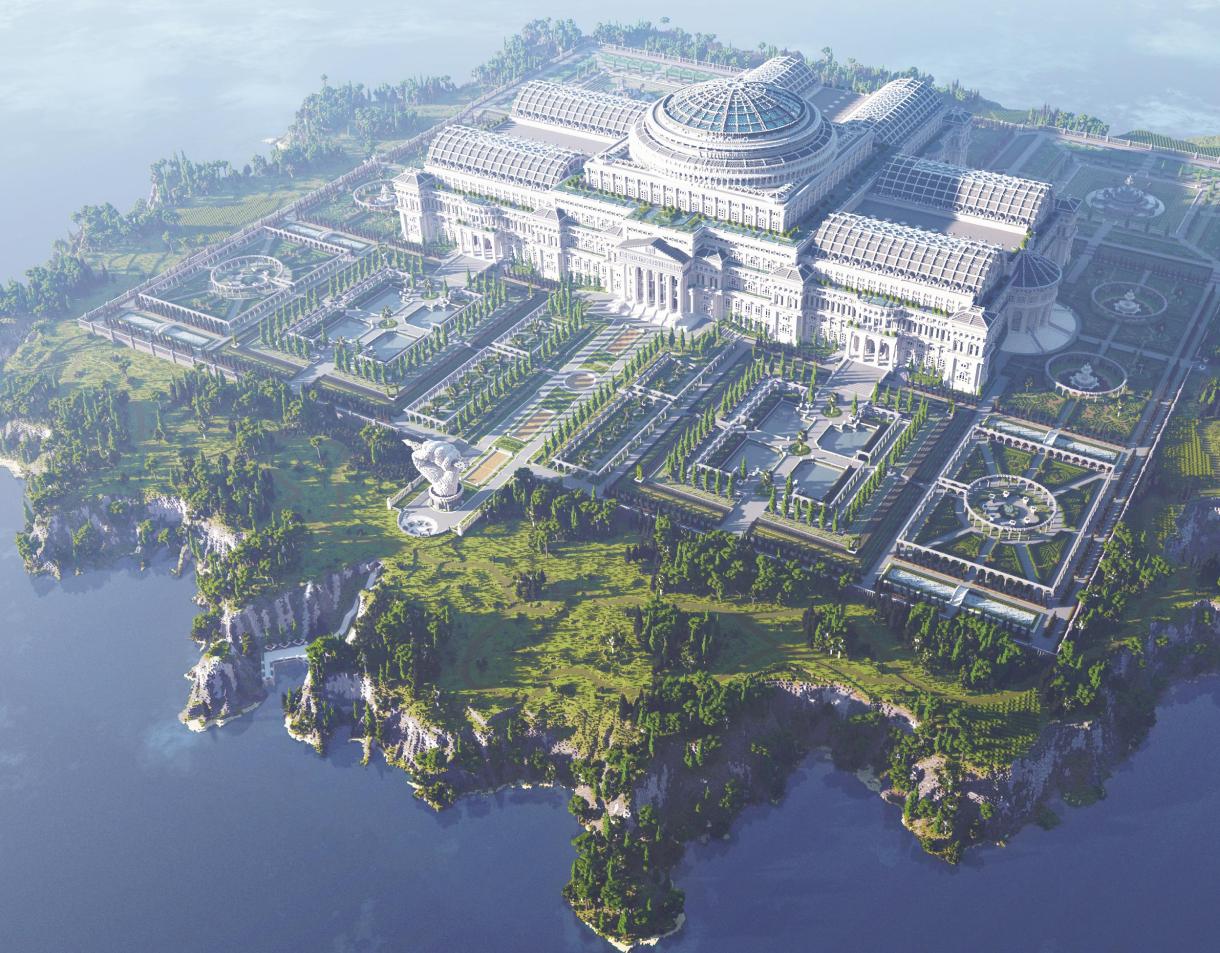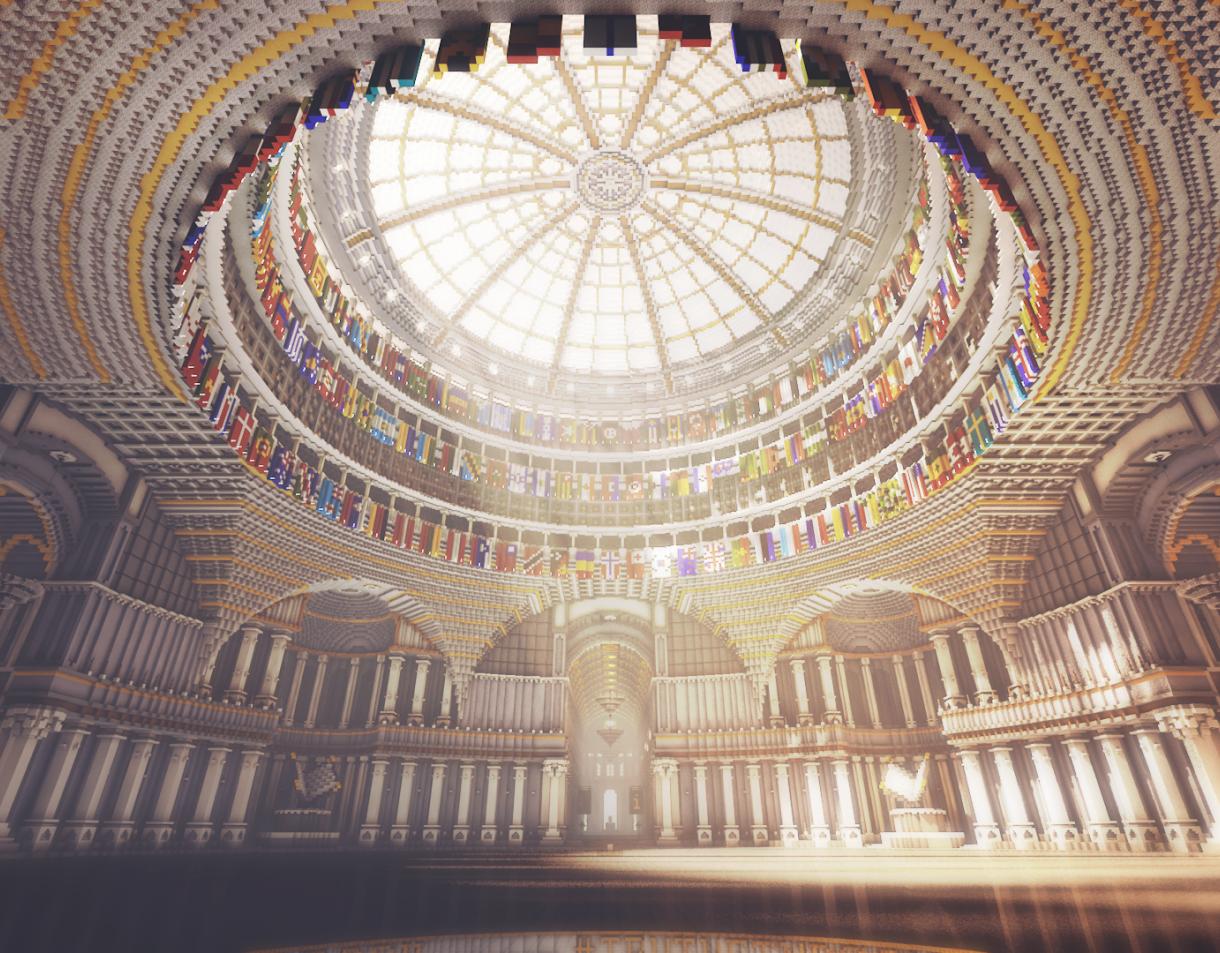What’s the design in a nutshell?
The Uncensored Library tackles censorship and governmental disinformation campaigns through gaming. It uses Minecraft, the world’s most popular computer game, as a publishing loophole to get important stories into the hands of those living in countries with limited press freedom.
Why is it needed?
For reporting the facts or offering an alternative point of view to those in power, journalists operating within these countries risk being fined, jailed, exiled and even killed. And when media is either blocked or controlled, it has just as harmful circumstances for societies that are forced to go without the most fundamental information.
This pandemic has brought this further into the spotlight. Not only has coronavirus been used as grounds to block journalists from reporting in the field, but has exposed just how dangerous it can be when the public is kept in the dark.
The data shows that journalists are finding it increasingly hard to investigate and report sensitive stories, especially in Asia, the Middle East and Europe. Young people, in particular, are forced to grow up in systems where their opinion is heavily manipulated by governmental disinformation campaigns.
How does it work?
Minecraft is a computer game, first made public in May 2009, and currently has 126 million monthly active users as of 2020. In Minecraft, players explore a blocky, 3D world with virtually infinite terrain, and can discover and extract raw materials, craft tools and items, and build structures or earthworks.
To reach young gamers in oppressive countries with no access to the mainstream media, The Uncensored Library team decided to leverage Minecraft’s in-game resources to reach this key demographic. They designed a ground-breaking new use of Minecraft combined with an exciting gameplay experience.
Journalists within the Reporters Without Borders network submit important stories that would be censored in their home countries, which are then uploaded as Minecraft books, or audio files, into the digital library. Each story is available in English and its original language.
Just like any gamer would use Minecraft, they use their own avatar to explore The Uncensored Library and take a deep dive into a range of interesting and important topics that wouldn’t be available in countries with strict censorship laws and practices.
"What governments tried to hide suddenly was a trending topic."
How does it improve life?
The Uncensored Library is a giant monument for press freedom that has a jaw-dropping effect on gamers (as soon on YouTube!) Not only does it inform players on key issues but also fosters important dialogue.
Peers can talk to each other about press freedom in their own countries, say a player from Egypt, where press freedom is limited to a player in Canada who enjoys open dialogue. It further establishes understanding about censorship and its impacts by hearing it first-hand from peers and not establishments.
What’s the impact to date?
The Uncensored Library reached 20 million gamers from 165 countries, including Russia, Vietnam, Egypt, Mexico and Saudi Arabia, resulting in a total playtime of 15+ years! Gaming influencers like CaptainSparklez have also featured the library and the community has created more than 400 gameplay videos posted on YouTube. The library has even become a teaching tool in many schools and universities and the Design Museum London made it a permanent part of their exhibition.
According to the makers, the library will stay open indefinitely to empower young people and give them back their human right to access information.






